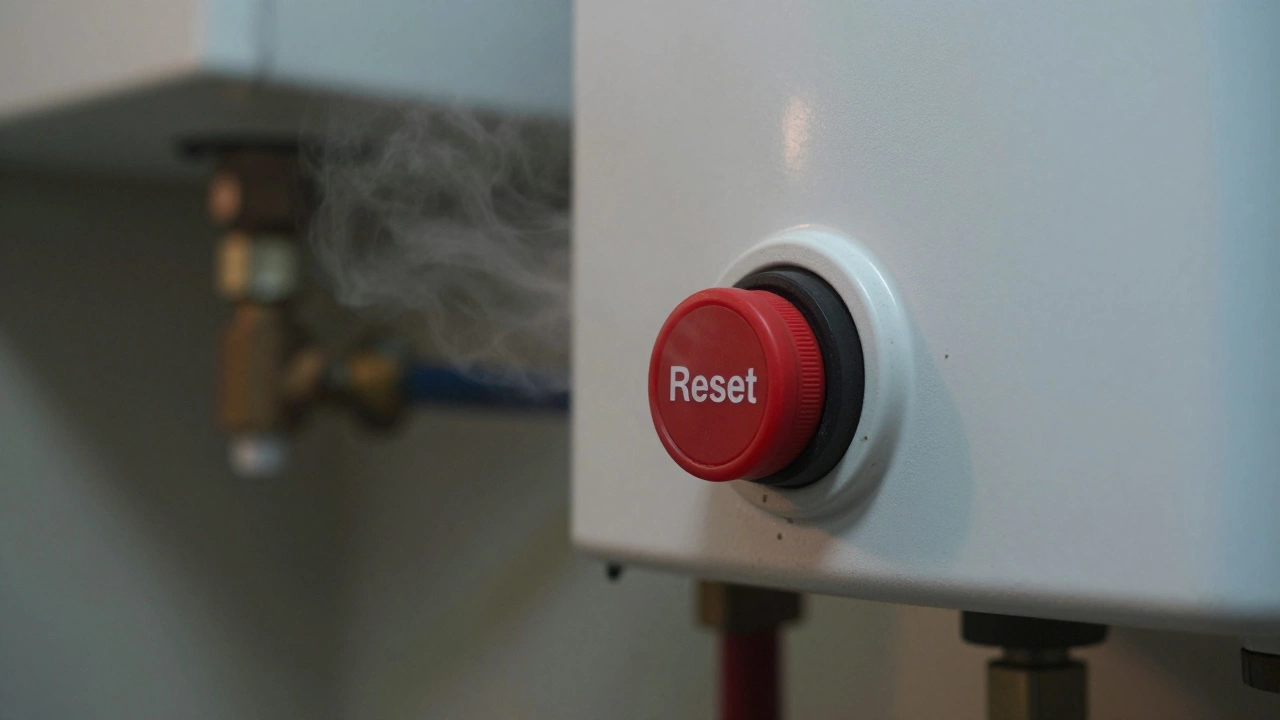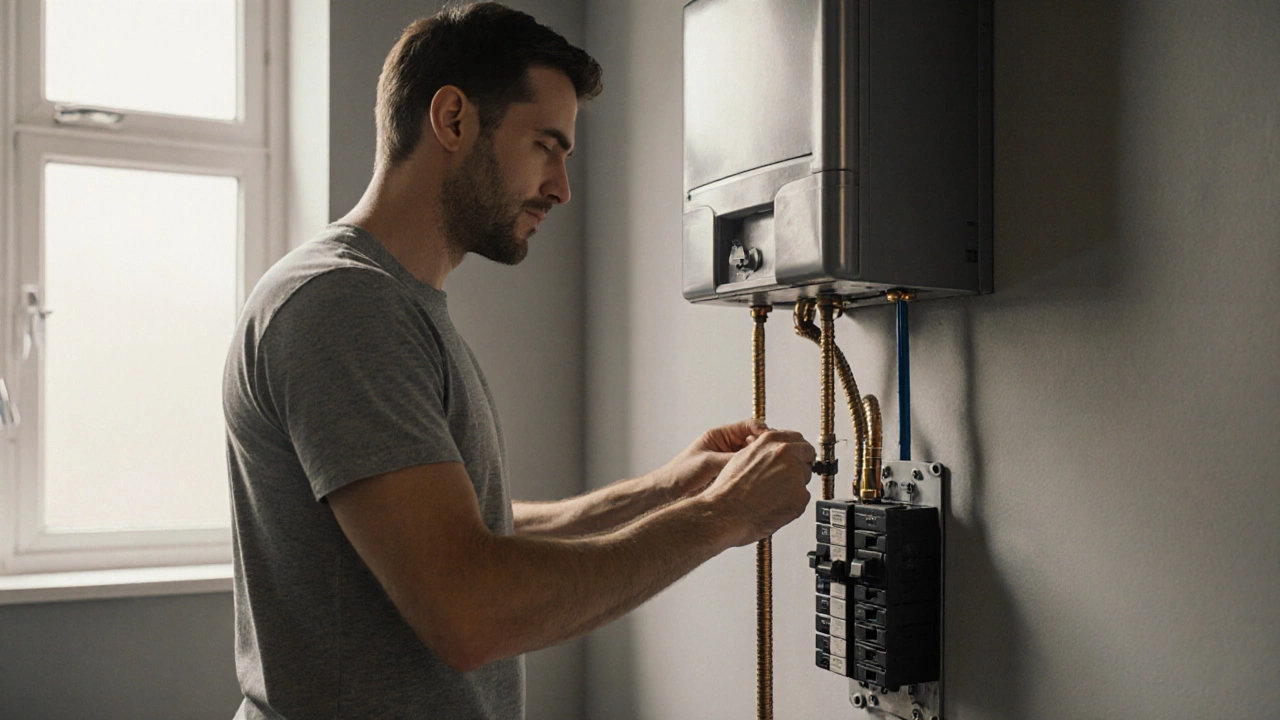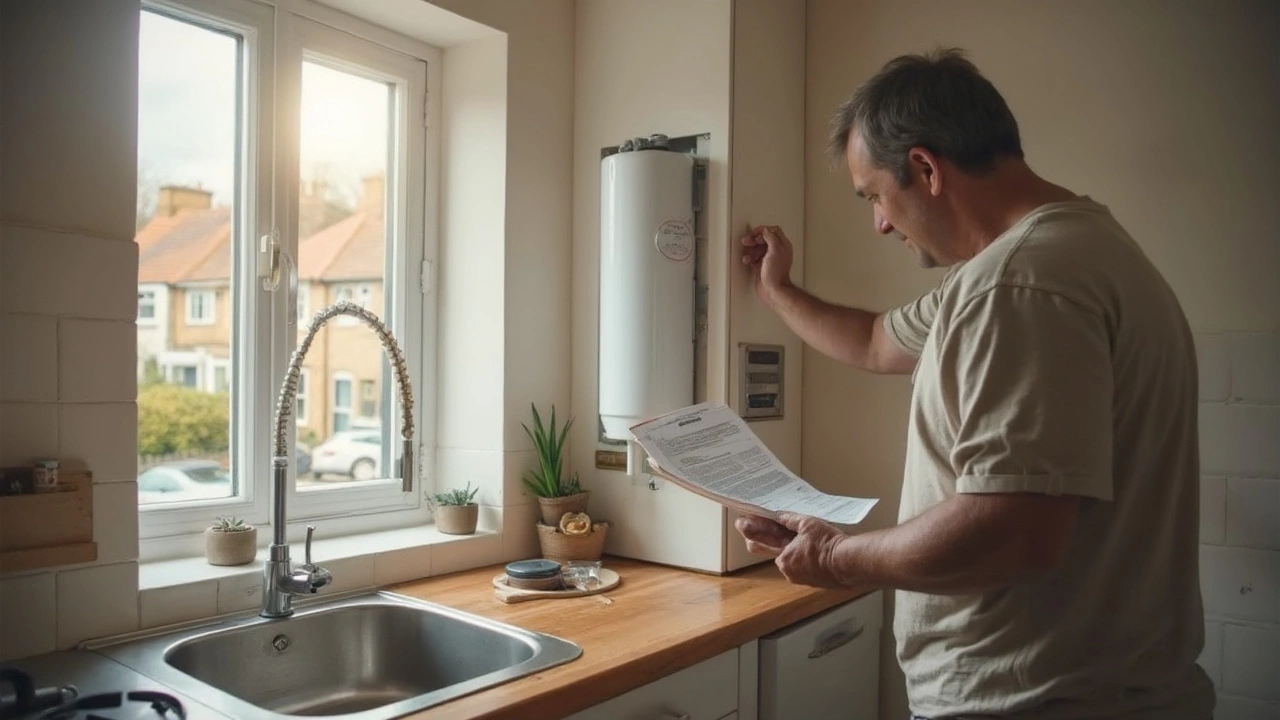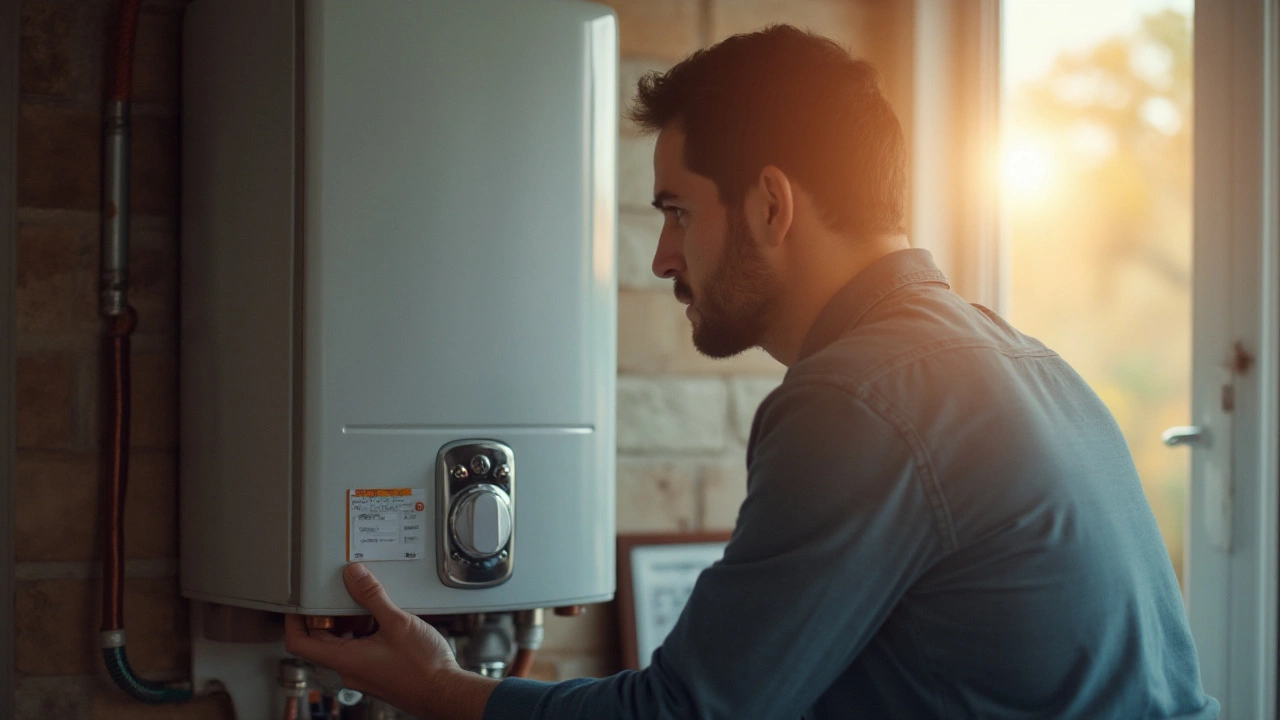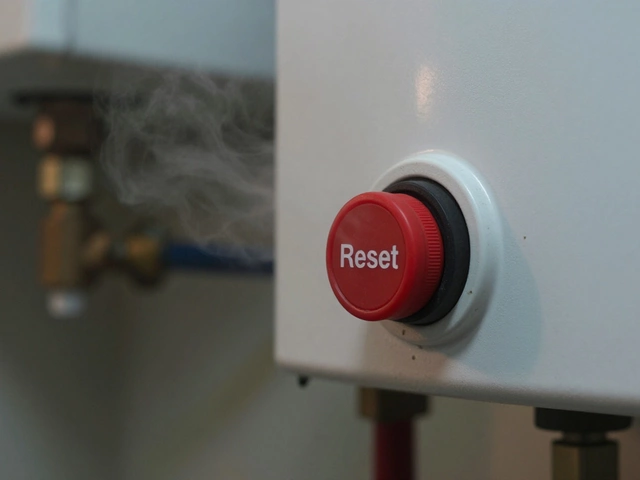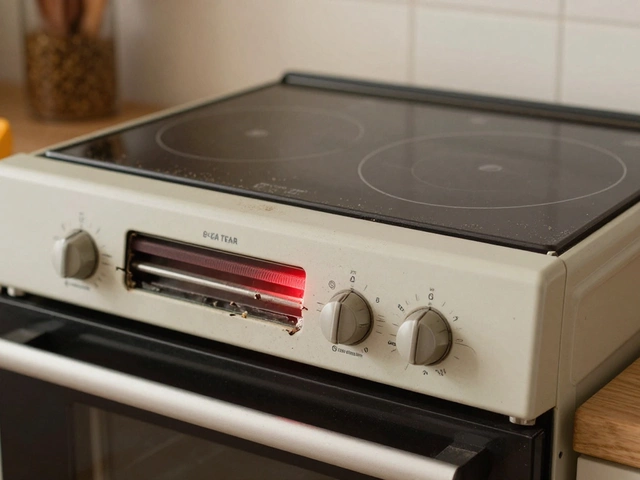Reset Water Heater: Quick Fixes and When to Call a Pro
When dealing with reset water heater, the process of restoring a water heating unit after it trips or loses power. Also known as water heater reset, this step is essential for most water heater, the appliance that stores and heats water for household use systems. A proper reset can clear error codes, reboot the thermostat, and often restores hot water without a service call.
Why the Reset Matters and What It Connects To
Resetting a water heater isn’t just a random button press; it’s a safety reset that clears the high‑limit cut‑out, which protects the unit from overheating. The cut‑out is linked to the thermostat, the sensor that tells the heater when the water is hot enough. When the thermostat detects an unsafe temperature, it trips the reset. By resetting, you’re allowing the thermostat to start its monitoring cycle again, which in turn restarts the heating element or burner.
If you need to reset water heater quickly, start by turning off the power or gas supply, wait a minute, then press the reset button (usually located near the thermostat). After the reset, restore power and check that hot water returns within a few minutes. This simple loop often solves a surprising number of complaints, from lukewarm showers to a complete loss of hot water.
While the reset deals with the heater itself, the hot water you get also travels through the hot water system, the network of pipes, valves and circulation pumps that deliver heated water around your home. If a reset doesn’t fix the issue, the problem might be further down the line – a stuck mixing valve, a clogged pipe, or a malfunctioning circulator pump. Understanding that the heater, thermostat, and hot water system work together helps you pinpoint where to look next.
Many homeowners confuse a water heater reset with a boiler reset. Though both devices heat water, a boiler, a central heating unit that can provide both space heating and hot water often has its own set of safety switches and pressure valves. If your home uses a combi‑boiler, a fault in the boiler’s pressure sensor can masquerade as a water heater issue. In those cases, you’ll need to check boiler pressure, bleed radiators, and possibly reset the boiler before the water heater will behave properly.
Appliance repair professionals in Warwick, like the team at Warwick Appliance Fixers, commonly see three patterns: a tripped reset button, a faulty thermostat, or a failing heating element. The first two are usually solved on‑site with a reset or a quick part swap, while the third may require a new heater. Knowing which pattern you’re facing can save you a call‑out fee and get hot water back faster.
For DIY‑savvy owners, a basic diagnostic checklist goes like this: 1) Verify power or gas supply; 2) Locate and press the reset button; 3) Listen for the heating element or burner igniting; 4) Measure water temperature at the tap after 5‑10 minutes; 5) If temperature stays low, test the thermostat with a multimeter. This process covers the key entities – power source, reset mechanism, thermostat, and hot water output – and lets you decide whether to call a pro.
When the reset repeatedly trips, it’s a sign that something deeper is wrong. A permanently tripped reset often points to a broken thermostat, a scale‑blocked heating element, or a malfunctioning pressure relief valve. Those components are integral parts of the water heater’s safety system, and ignoring them can lead to leaks, corrosion, or even fire hazards. In such scenarios, professional inspection is the safest route.
Below you’ll find a curated list of articles that dive into each of these topics. From detailed guides on troubleshooting hot water not reaching the bathroom, to step‑by‑step instructions for resetting specific models, the collection gives you both quick fixes and deeper insight. Browse the posts to see which solution matches your situation, and get your showers back on schedule without the guesswork.
Pressing the reset button on your water heater once is usually safe, but doing it repeatedly can be dangerous. Learn why it trips, what to do instead, and when to call a professional.
Resetting your water heater might seem like a quick fix, but is it actually safe? This article gets straight to the point, breaking down what resetting does, when it's okay, and when it's actually a red flag. You’ll discover common causes that trip the reset button, practical tips for troubleshooting, and the signs you should call in a pro. Learn what safe DIY steps you can take and how to avoid bigger problems or hazards. No complicated talk—just clear advice you can actually use.
Constantly resetting your water heater might seem like a quick fix, but it can lead to serious long-term issues. This article explores the reasons why frequent resets occur, potential risks involved, and tips to prevent these problems. Understanding the mechanics and signs of underlying problems can save you money and extend the life of your heater. Discover when to reach out for professional help and how regular maintenance can keep your heater in top shape. Equip yourself with this essential knowledge for managing your home's water heating system.
